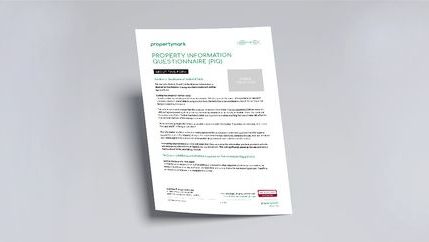
Changes to guidance
The amendments have been made to Part 1 of the Handbook regarding Building Safety. It now states that when the property being mortgaged is a leasehold flat, lenders must request the following from the seller’s conveyancer:
- Confirmation as to whether the building has been or will be remediated under the Building Safety Act 2022
- Copies of any Landlord’s Certificates, signed by the Landlord in the form set out in the Building Safety (Leaseholder Protections) (England) Regulations 2022
- Copies of any executed Leaseholder Deed of Certificate (in the form set out in the Building Safety (Leaseholder Protections) (England) Regulations 2022) and confirmation that they have been submitted by the relevant leaseholder to the landlord
Material information is key
Propertymark has been a consistently strong supporter of comprehensive upfront information as it benefits everyone involved in property transactions by simplifying and streamlining processes, cutting down the time it takes to complete a sale and reducing late-stage fall-throughs.
For high-risk buildings, in particular leasehold flats affected by unsafe cladding, specific details are needed for lenders to consider providing a mortgage, which will include evidence that buildings will be self-remediated by developers, covered by a recognised UK Government scheme or by leaseholder protections contained in the Building Safety Act, which can be demonstrated by a Leaseholder Deed of Certificate.
Recognised remediation schemes in England are:
- The Developer Remediation Contracts (11 metres+)
- The Cladding Safety Scheme (previously the Medium Rise Scheme) (11-18 metres)
- The Building Safety Fund (18 metres+)
Property Information Questionnaire (PIQ)
Propertymark’s PIQ is a vital tool to help agents meet their obligations under the Consumer Protection from Unfair Trading Regulations, as well as supporting the overall home buying and selling process.
The PIQ includes all of the relevant building safety information which a conveyancer will need and helps to identify missing information or documentation at the very start of the process.





